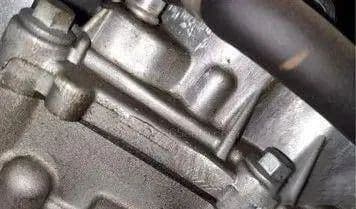Reasons for Loose Screws
1. Insufficient tightness
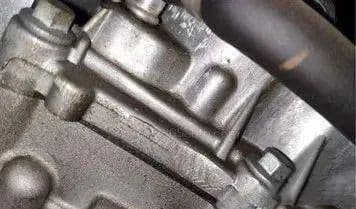
Bolts that are not tightened or not tightened correctly are inherently under pre-tightening force.
If they come loose again, the joint will not have enough clamping strength to hold all the parts together.
This can cause lateral slippage between two parts, and the screw will be subjected to unnecessary shear stress, which can eventually lead to screw fracture.
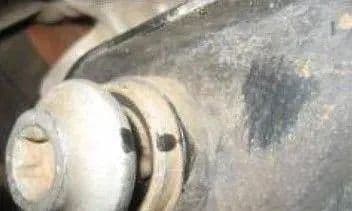
2. Vibration
Testing the bolted connection under vibration shows that many small “transverse” movements cause the two parts of the connection to move relative to each other, and the head of the bolt or nut and the connected part will also move.
These repeated movements will neutralize the friction between the screw and the connected part.
Eventually, the vibration will cause the screw thread to “turn loose” and the joint will lose its clamping strength.
3. Incorporation
The engineer who designs and develops bolt tension may have a break-in period, which will cause some loss of pre-tightening force.
During this period, the screw tightness will be relaxed.
This relaxation is caused by the fit between the screw head and/or nut, the thread and the joint surface of the connected part, and can occur in soft materials (such as composite materials) as well as in polished hard metal.
If the gasket is not designed correctly or if the bolt does not reach the specified tension at the outset, insertion of the gasket may result in a loss of clamping force without achieving the minimum clamping force required.
There are micro irregularities between the articular surfaces.
After tightening, under the pre-tightening force of the screw, the protrusion will collapse and permanent plastic deformation will occur, which will reduce the clamping length of the screw and eventually lead to the reduction of the pre-tightening force of the screw.
4. Joint creep and thermal expansion
Many bolted joints include a thin, soft gasket between the bolt head and the joint surface to seal the joint and prevent gas or liquid leakage.
The washer itself also acts as a spring, springing back under pressure from the bolt and gasket face.
Over time, especially when approaching high temperatures or corrosive chemicals, the joint may “slip,” meaning it loses elasticity, resulting in a loss of clamping strength.
If the materials of screws and joints are different, the temperature difference caused by rapid environmental changes or industrial cycle process will be very large, which will lead to rapid expansion or contraction of screw materials and may loosen them.
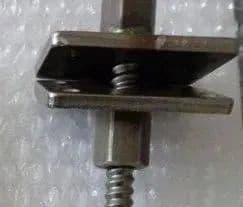
5. Impact
Dynamic or alternating loads of machines, generators, wind turbines, etc. can cause mechanical impact – the impact force applied to the bolt or joint – causing the bolt to slide relative to each other.
Just like vibration, this slippage will eventually cause the screw to loosen.
Even impact often does not take such a large load into account when designing the joint connection.

What is preload?
Terms with multiple meanings in the project.
One is the tension (load) generated when the fastener is initially tightened.
When the bolt is extended, the part between the bolt and the nut is compressed, thus increasing the so-called clamping load until the tightening process is completed.
Dangers of Loose Screws
1. Flange leak
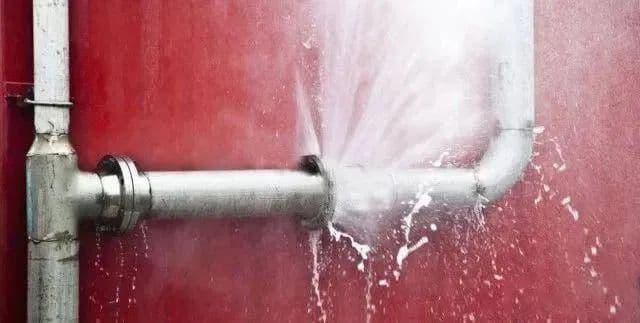
2. The fan rotor is separated from the engine room
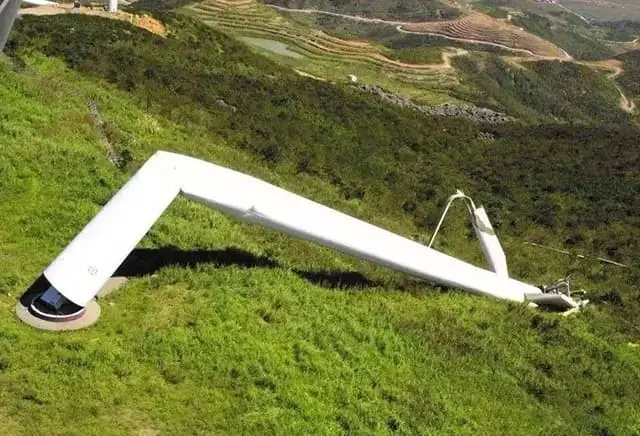
3. Ship engine vibration connection screws fall out

The ship's engine vibrating connection bolts fell out and rolled with the ship, causing further damage to the equipment.
In bolted connections, tightening the nut causes the bolt to lengthen, like pulling on a spring.
This tension, or tension, will produce opposing clamping forces, which will firmly clamp the two parts of the connector.
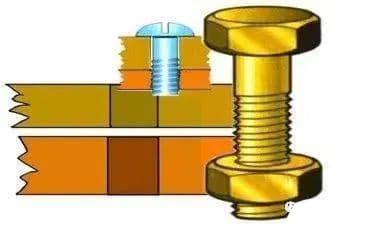
If the screw is loose, the clamping force will be reduced.
Loose screws aren't just a headache. If the joint is not retightened quickly, liquid or gas may begin to leak, the screw may break, equipment may be damaged, or a catastrophic accident may occur.
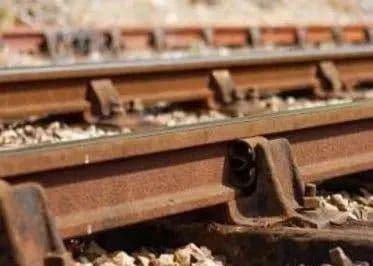
Screw on rail
Summary
“The best way to avoid looseness is to ensure that the pre-tightening force is sufficient and that the joint does not experience problems such as slipping and opening.”
From the above analysis, it can be seen that there are three reasons for looseness due to insufficient or reduced preload.
Therefore, it is necessary to especially control the preload of the screws to control the risk of loosening.
As long as the pre-tightening force is sufficient to meet the requirements, and as long as the clamping length is not too short (such as 1k ≥ 3d), even if there is a certain vibration load, the screw will generally not loosen.
A combination of good bolted connection design, appropriate clamping force development, and appropriate bolt locking devices can safely secure bolted connections to meet many of the loosening challenges presented here.
A good bolted connection will be designed with bolts and nuts of the appropriate size and type, and the optimum tension will be specified to achieve the clamping force required to maintain the integrity of the connection.
In application, adequate clamping force requires that the tension (pretension) in each bolt reaches the correct level and remains at that level throughout its service life.

